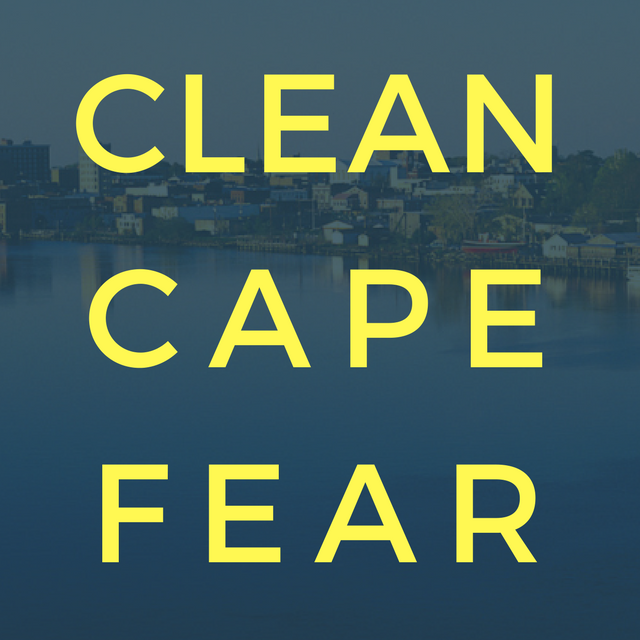"This is a very normal chemical operation" - Mark Vergnano, CEO Chemours
The EPA reported a spike in GenX in October. DEQ questioned Chemours about these numbers -- which showed levels of GenX at the primary outfall at 3,700 parts per trillion on Oct. 9, up from 250 ppt Oct. 6.
Chemours responded that there was a chemical spill - during 'routine maintenance' on October 6 - of what they called dimer acid fluoride, which they say is a 'precursor' to GenX, meaning, that once this 'precursor' hits water at a low pH, it becomes what we call GenX.
Did Chemours break the law by not reporting a spill of this so-called 'precursor' to GenX? Is this a violation of their current (expired but enforced) NPDES permit? Is it a violation of the Consent Order signed Sept. 8 2017? Is it a violation of their voluntary agreement to stop any and all discharge of GenX beginning June 21?
This is where it gets tricky, because this chemical, as far as we know, is not explicitly listed in any of those agreements.
DEQ is looking into it.
They should not have to look into it.
It should be a clear violation of law if a multi-billion dollar chemical corporation spills unknown, potentially toxic chemicals into our water supply and then does not report it to their regulatory agency.
What needs to change? At the state level, we need to make sure DEQ's rewrite of the permit requires any and all chemical spills are immediately reported, and 100% capture and offsite disposal of any and all unknown chemicals - no matter what their name is before or after they react with water.
Clean Cape Fear accessed call transcripts of Chemours' quarterly conferences calls with investors from SeekingAlpha.com. During the Q2 and Q3 calls, Chemours CEO Mark P. Vergnano said they did not have to stop GenX from reaching the drinking water and did not believe it would have human health effects, but took action as part of “good-faith” efforts. He continued, "... there is a cost associated [with] that and we built that cost in to the guidance for the rest of the year ... we haven't disclosed [the cost], but it is contemplated within our guidance that we've given and it's contemplated within the way the business is looking at their cost and how they have to price the products accordingly."
So they've built into their business plan reserves and/or price increases to cover any clean-up or legal costs associated with this mess; why would they do that if they did not believe these chemicals have human health effects?
“We’ll continue to have those conversations with the regulators in a very open and transparent way,” Vergnano continued. Does his definition of 'open and transparent' mean he instructs staff to keep quiet about a chemical spill that discharged into our drinking water supply?
An analyst asked what investors should expect in the coming months with regards to the 'not so positive headlines" in Wilmington, NC. Vergnano's response: "I would say that this is a very normal chemical operation."
Vergnano's own company found these compounds to be toxic during animal testing. They proved they believe these chemicals are potentially hazardous because they filed 26 reports under the EPA's Toxic Substance Control Act - reports that are required if a company believes their processes pose an "unreasonable risk to health or to the environment."
He says to investors that it's 'normal' to contaminate the drinking water supply of 250,000 people with compounds he and his company know pose an "unreasonable risk to health or the environment." If you want to help him better define, "normal" - feel free to drop him a line:
